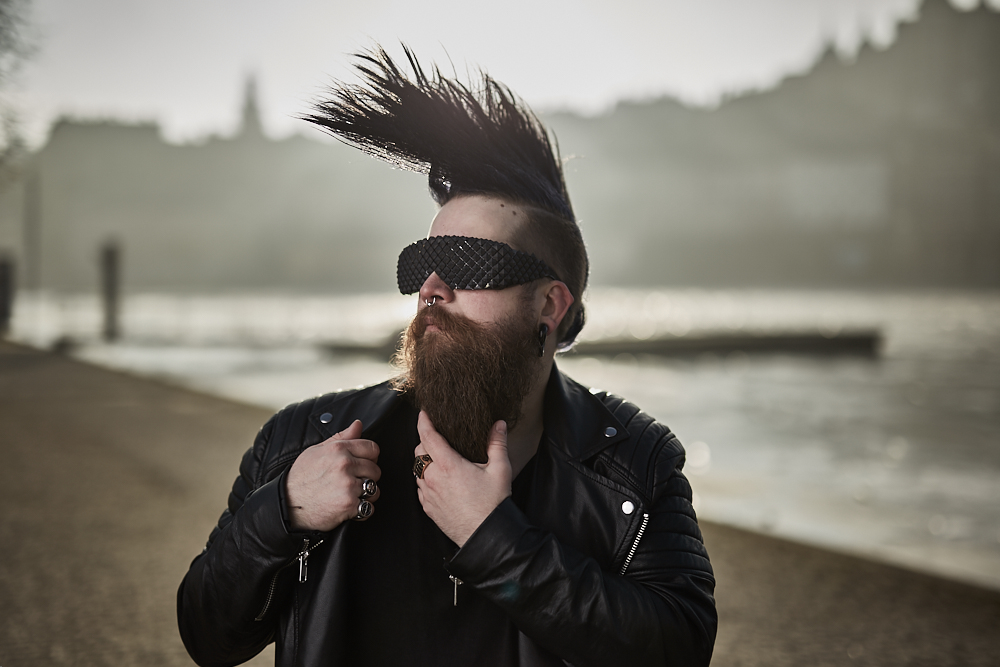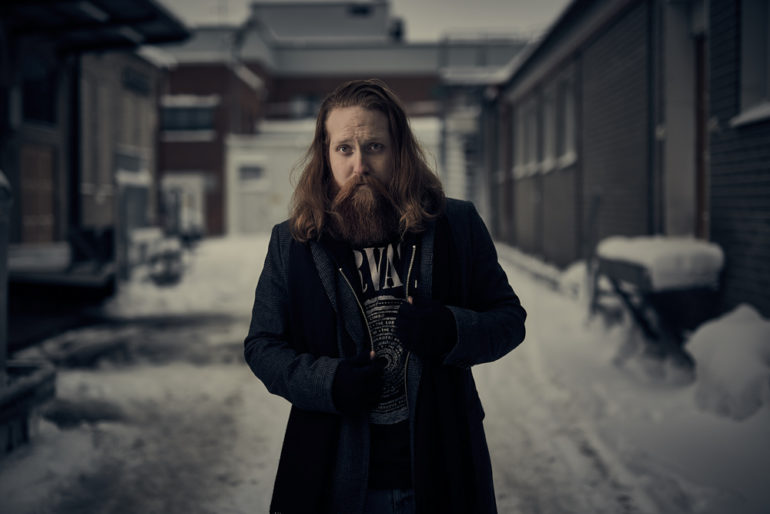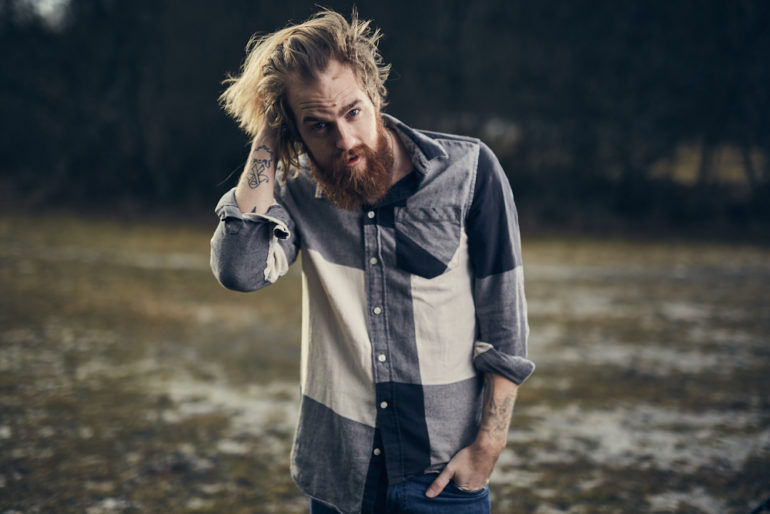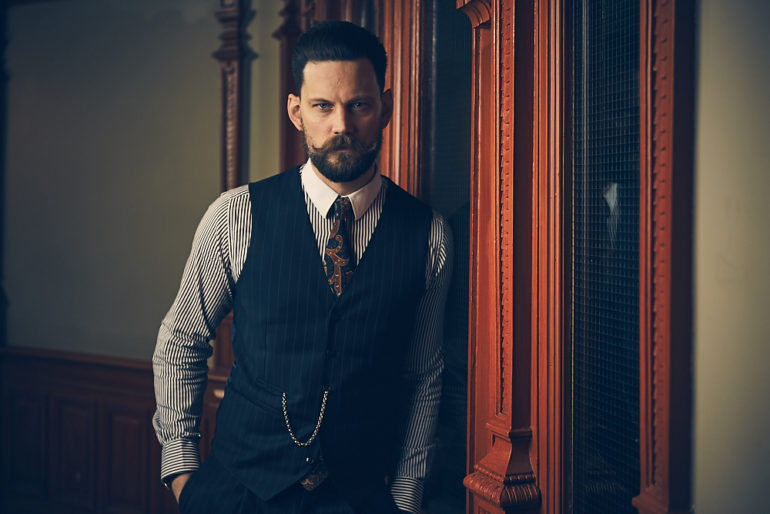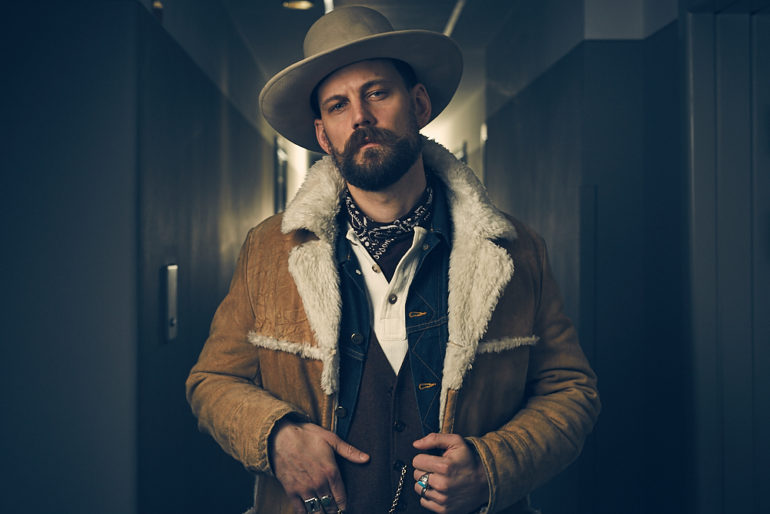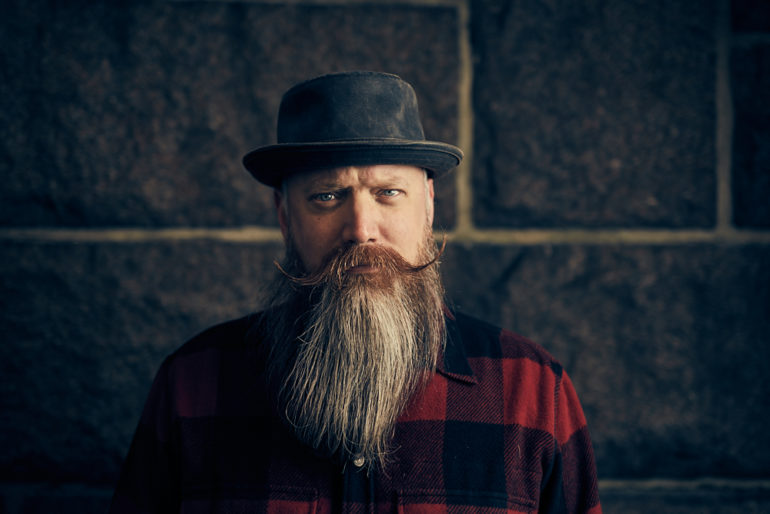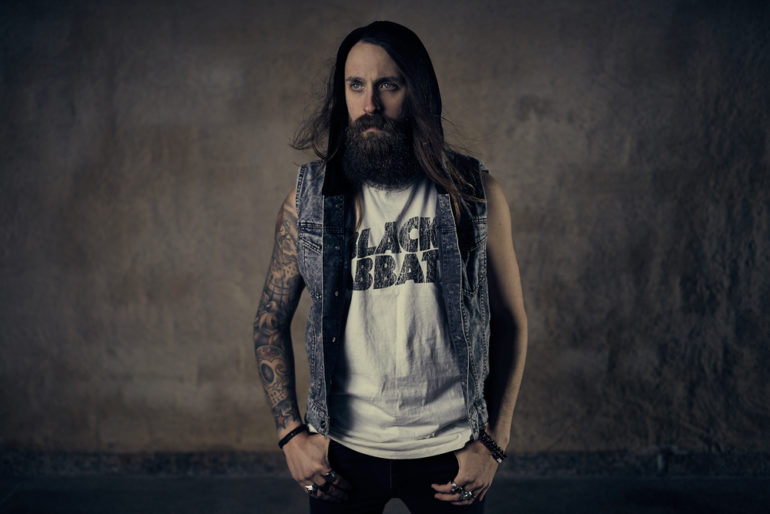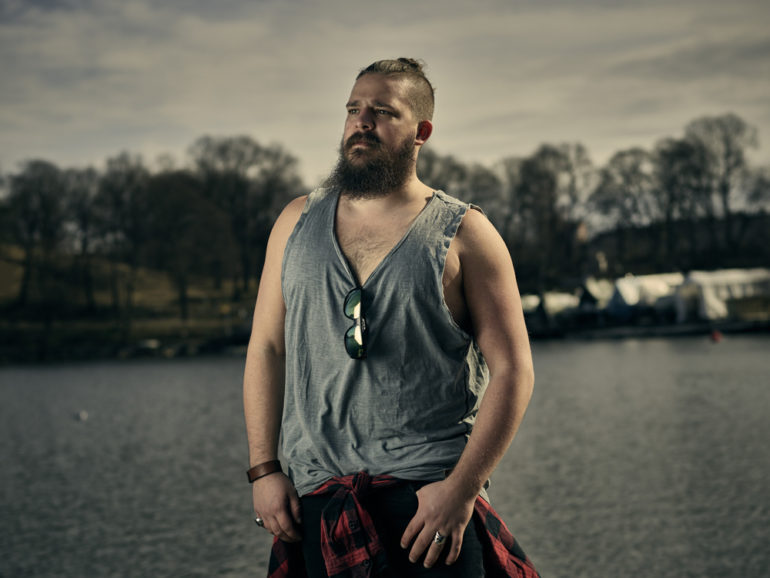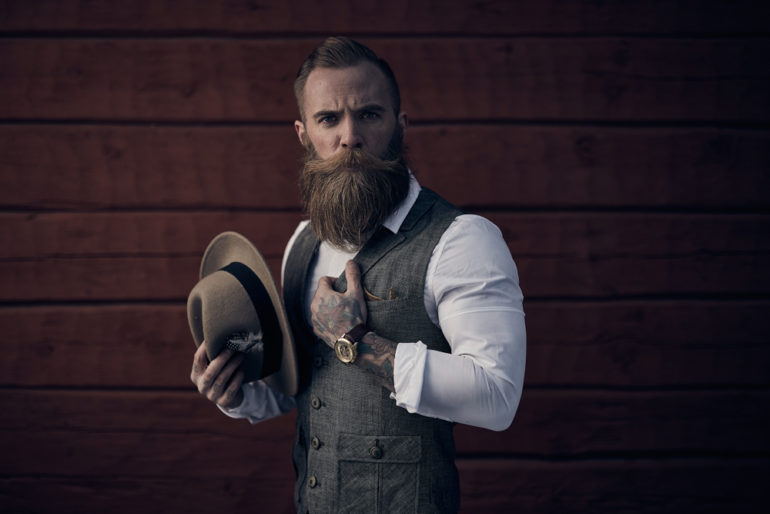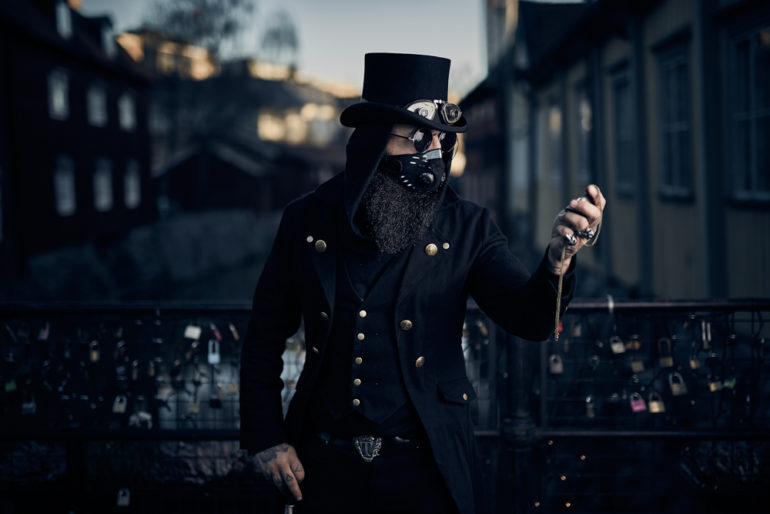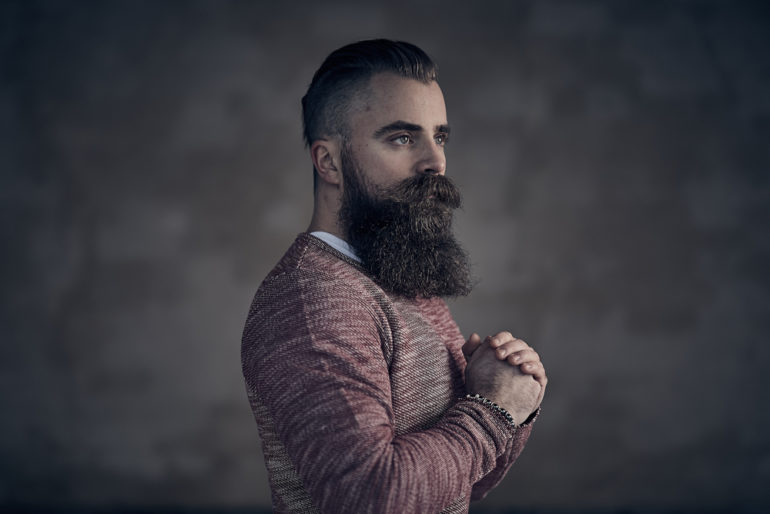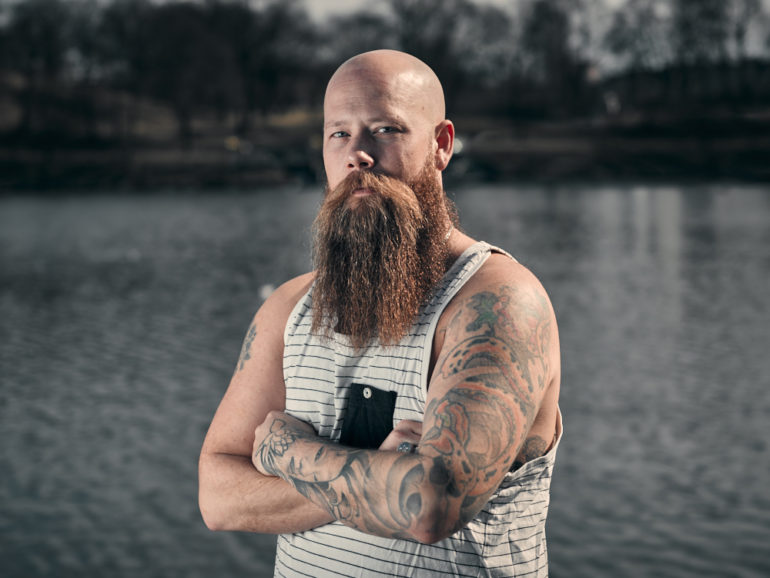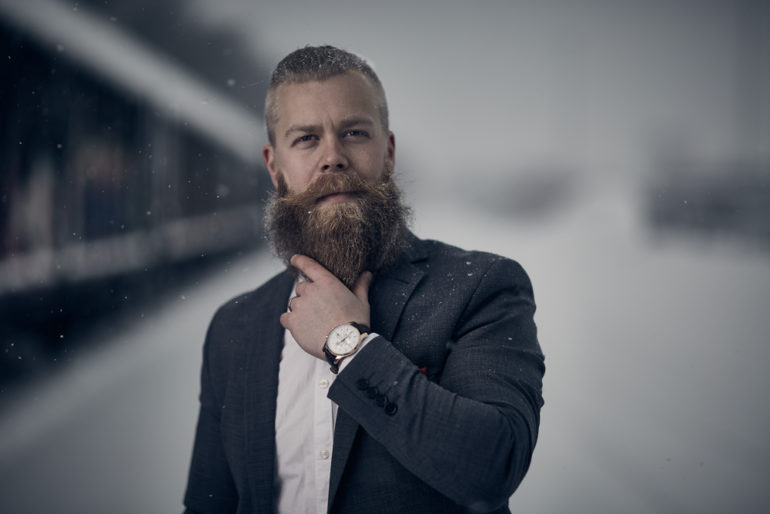Last Updated on 05/17/2017 by Chris Gampat
All images by Debabrata Ray. Used with permission.
Photographer Debabrata Rey’s The Beards Project is a special one for all of you who are fans of some genuine male whiskers. Debabrata is a portrait photographer whose work has continued to evolve quite a bit over the years as he’s become more experimental. The way he works with people, his lighting, use of colors, and his creative vision are always things I genuinely feel make his work unique.
So we talked to him about the signature look in The Beards Project.
Phoblographer: Your work has continued to evolve over the years. You’ve photographed people in your country on the streets, in tattoo shops, and even shot models in milk baths. So what was going through your head that made you want to photograph men and their glorious beards?
Debabrata: I looked back at my portfolio and figured that I hadn’t really shot a beards project. Moreover I wanted to do a project that was minimalistic in nature. A project that focuses on the individual and not on the clothes, location etc. I live in Scandinavia and what better place to find men with beards. I have seen some of the most impressive bearded men in Scandinavia and thought to myself that if it has to be about beards, it has to be here. Therefore I created a look for my portfolio, which was absent.
Phoblographer: How do you feel that this is a natural evolution of the work that you do? The images are very token Debabrata Ray for sure.
Debabrata: As you know I’m self taught. The one thing that I was fortunate enough to realise very early on was that I had to develop my own signature style. I therefore always tried to focus on what would give my shots that hint of uniqueness. It took me quite a while to develop my style and I believe its going to be a continuous evolution. I actually feel quite nice the way my work has progressed. When I now look back at my pictures from 7 or 8 years ago, I can make out the difference and the evolution of my shooting style. I think to an extent what has also significantly contributed to this is that I’ve started communicating more with my subjects, making it personal for them.
Phoblographer: So as you approached each subject, what was your process? An interview? What made you choose the environments, the wardrobe, etc?
Debabrata: The process I follow is that we discuss the terms of the shoot first such as potential use of the images, number of images etc. I would then discuss the wardrobe. I would generally ask the guys to get the clothes which described their personality the most. I didn’t want everyone to turn up in a suit, that would’ve been boring. Plus since this is a portrait project and is about the subject, they have to feel comfortable in what they wear for the shoot. As for locations, I have a pretty mobile kit, so I’ve on occasions traveled to a different city to shoot or in other cases guys have been generous enough to come to Stockholm from other cities to shoot with me. If I’m shooting in Stockholm I scout locations before I discuss with the subjects and agree with them to meet up there. If I’m shooting in the subject’s city, I ask them to scout locations. I generally give them guidance on types of places where I want to shoot, depending on the wardrobe we choose. They go to locations, take pictures with their phone and send them over to me. I review the images, makeup a mental map of how I’d shoot and whether the location fits the theme and finalise. So all in all its a pretty collaborative effort.
Phoblographer: How did you go about finding subjects and committing to the shoots? Further, you went into this project I’m sure with one creative vision but how did it evolve in the end?
Debabrata: I actually started my search on Instagram. I started by searching #beard #Sweden and then zeroed in on profiles that were near to Stockholm, where I live. I sent one on one messages to quite a few of them. I didn’t get a response from anybody but one guy, who lives in a town not far from Stockholm called Balsta. That’s where it all started. He said he had a bearded friend and the two wanted to shoot together. I was on it. I shot with those guys, who then posted the portraits on their Instagram profiles tagging the beard products that were used for grooming. That way I got audience from not only my Subject’s followers but also the followers of the grooming products. My portraits started to get reposted by some of these beard product pages and that’s how the reach increased. Besides these, a lot of the guys belong to this Bearded community called Bearded Villains Swedish Chapter – I think they have these chapters all over the world. Through these channels, I started getting more requests for portraits. My channel of communication is now two fold. I look up folks on Instagram and DM them, or I get requests to shoot from folks who are in Sweden, and want to shoot for my project after having seen the pictures on my feed.
When I started the project, my sole focus was to not make this just another beard project. And that’s the reason why I wanted this to be environmental portraits rather than in-studio, which has been done multiple times. Further, I wanted to sharpen my skills with off camera lighting and balancing ambient with strobes. I’m greatly inspired by the cinematic look and wanted to achieve that in my portraits through my lighting. I think the whole project has been a great learning experience for me as well. I think I’ve come a long way in terms of learning to control lighting through this project.
Phoblographer: Your photos are very, very little about the gear and much more about your creative vision. That’s clearly very evident in this series. So what advice would you give to photographers that strive to be creative and do a series like this?
Debabrata: You’re right. Its generally never really about the gear. I mean gear is important, but to the extent that it serves a creative vision / purpose. A few tips I can share from my learnings from this project:
- Look through your portfolio and try to find a project that you’ve never done before
- Chose a project that challenges you enough to move you out of your comfort zone – it could be anything – communicating with subjects, posing, lighting, shooting in a studio etc.
- Review the work of photographers that inspire you, review their portfolio. If they’re doing really good in their field, chances are that they have a consistent style. If you like their work and shooting style, try and achieve that, but don’t copy them, use this as a starting point and develop your own style.
- Consistency is key.
- Don’t shy away from experimenting – fail fast, but learn faster.
- When communicating with subjects, make sure you communicate your vision clearly. If both of you have different visions, it will be difficult to achieve the end result in mind.
Be sure to check out more work from Deb on Instagram and his website.


